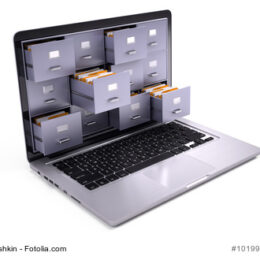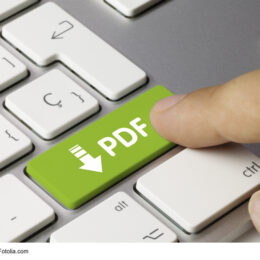Retention periods for long-term archiving
The most important information about the legal regulations “Retention period is the period of time within which documents subject to retention must be archived in an orderly manner.” That’s what Wikipedia says. What are documents subject to retention requirements in the first place and how long must they be archived? In this article, we answer…









